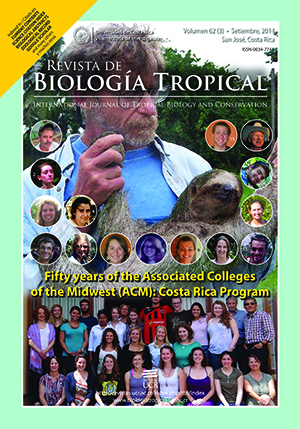Abstract
Environmental changes due to natural processes and anthropic modifications can be characterized by the degree of land cover modification and its environmental implications over time. The main goal of the present study was to propose and apply a land cover modification geoindicator in order to assess the environmental condition of the territory per landscape units. It was designed to interpret diffuse information and transform it into a synthetic indicator that will be useful for environmental managers. The geoindicator evaluation was performed through a multi-temporal analysis of medium resolution Landsat satellite images and their unsupervised classification according to the direction of land use transitions. A change detection analysis between image pairs from 1973, 1991 and 2001 was made to detect unaffected areas and the areas in which positive or negative land cover changes could be observed. The proposed methodology was applied in the coastal palustrine area; specifically, in the marine-terrestrial ecotone of Campeche, Mexico. Geoindicator values during the 1974-1991 and 1991-2001 periods were low, 46.5% and 40.9%, respectively, due to the intrinsic limitations of coastal wetlands for productive activities. Urban and suburban transition areas showed high degrees of modification of about 39.5% and 32.1% for the first and the second period, respectively. Moderate modification, 4.9% in the first period and 5.7% in the second, was observed in isolated landscape units with recovering vegetation. The proposed geoindicator showed physiognomic and functional evidence of affectation levels from human activities, regeneration patterns and alteration of the landscape structure, modulated by the historical-economic process in the studied area.
Comments

This work is licensed under a Creative Commons Attribution 4.0 International License.
Copyright (c) 2014 Revista de Biología Tropical






